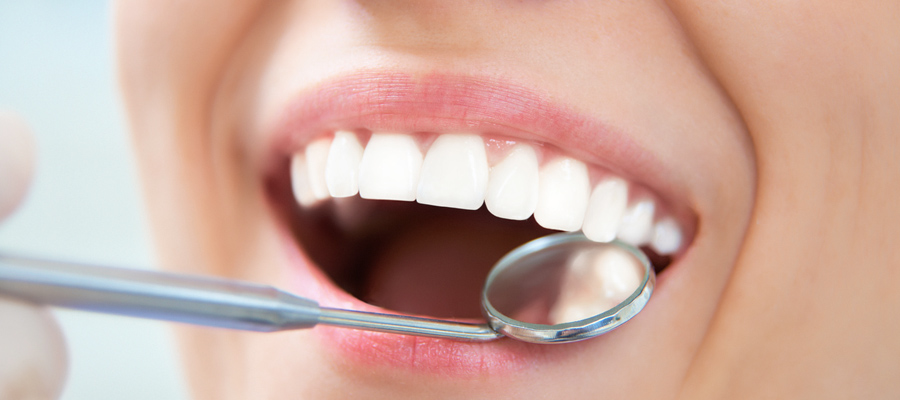
Early detection of abnormalities in the soft tissue in the mouth and throat is imperative to reducing the risks presented by oral cancer. According to the Oral Cancer Foundation, this is the sixth deadliest cancer in the United States, and there are more than 48,000 cases diagnosed each year. In general, men, especially those over the age of 40, are affected by this type of cancer more than women. However, both genders and individuals of all ages and all races can get oral cancer. In the earliest stages, oral cancer frequently produces no pain or symptoms, making it that much more important to see your dentist regularly for the appropriate screenings. When detected early, treatment is often effective and the prognosis for full recovery is high.
Screening for oral cancer is simple and part of routine cleanings and examinations in our office. There is no need for clients to prepare in any special way for the screening. During the screening, your dentist will examine the mouth, looking for any red or white spots, mouth sores, lumps or other abnormalities in the soft tissue. A special light is sometimes used to illuminate abnormal tissues, and the dentist may use a gloved hand to feel any concerning spots. A biopsy is sometimes ordered if necessary. The entire procedure takes only a few minutes, and patients report no discomfort as a result of it.
While oral cancer often presents in the earliest stages without warning signs, there are some indicators to be aware of:
- Mouth sores that do not heal within 2 weeks
- Newly developed red or white patches or lesions in the mouth
- Lip or mouth pain, numbness or tenderness
- Difficulty speaking or chewing foods
- A change in your bite
If any of these indicators present, schedule a dental appointment as soon as possible.
In addition to undergoing oral cancer screenings every two years, individuals can reduce their risk of being diagnosed with this type of cancer in several different ways:
- Avoid all tobacco use
- Avoid excessive consumption of alcohol
- Avoid excessive sun exposure to the lips, and use a lip balm with SPF protection daily
- Consume a healthy diet including a variety of fruits and vegetables
- Individuals with HPV or genetic predisposition to oral cancer should consider more frequent screenings
Oral cancer screenings are an important part of every oral health exam with the Oso Marguerite Dental team because we care about the health and longevity of our clients. Call and schedule your appointment today.
Frequently Asked Questions
-
Where does oral cancer occur?
About two-thirds of oral cancer begins in the floor of the mouth or the tongue. However, it is also possible to first recognize it in the upper or lower jaw, lips, and gums.
-
Who is most at risk of being diagnosed with oral cancer?
Individuals who use tobacco are six times as likely to develop oral cancer. Heavy alcohol consumption also increases risk. Those diagnosed with HPV also have an increased risk of being diagnosed with oral cancer even if they have no history or smoking or consuming alcohol.
-
Are there warning signs of oral cancer to watch out for?
Yes, there are warning signs that might indicate the presence of oral cancer. They include red or white patches in the mouth, sores in the mouth that bleed easily and do not heal quickly, lumps in the neck or floor of the mouth, unpleasant odor or taste in the mouth that is persistent and discomfort when swallowing. If you notice any of these symptoms, it is important to immediately contact Oso Marguerite Dental for an evaluation.
-
How can I schedule an oral cancer screening?
Oso Marguerite Dental conducts oral cancer screenings at wellness visits for all of our patients. To schedule your wellness exam, simply call or office and request an appointment.